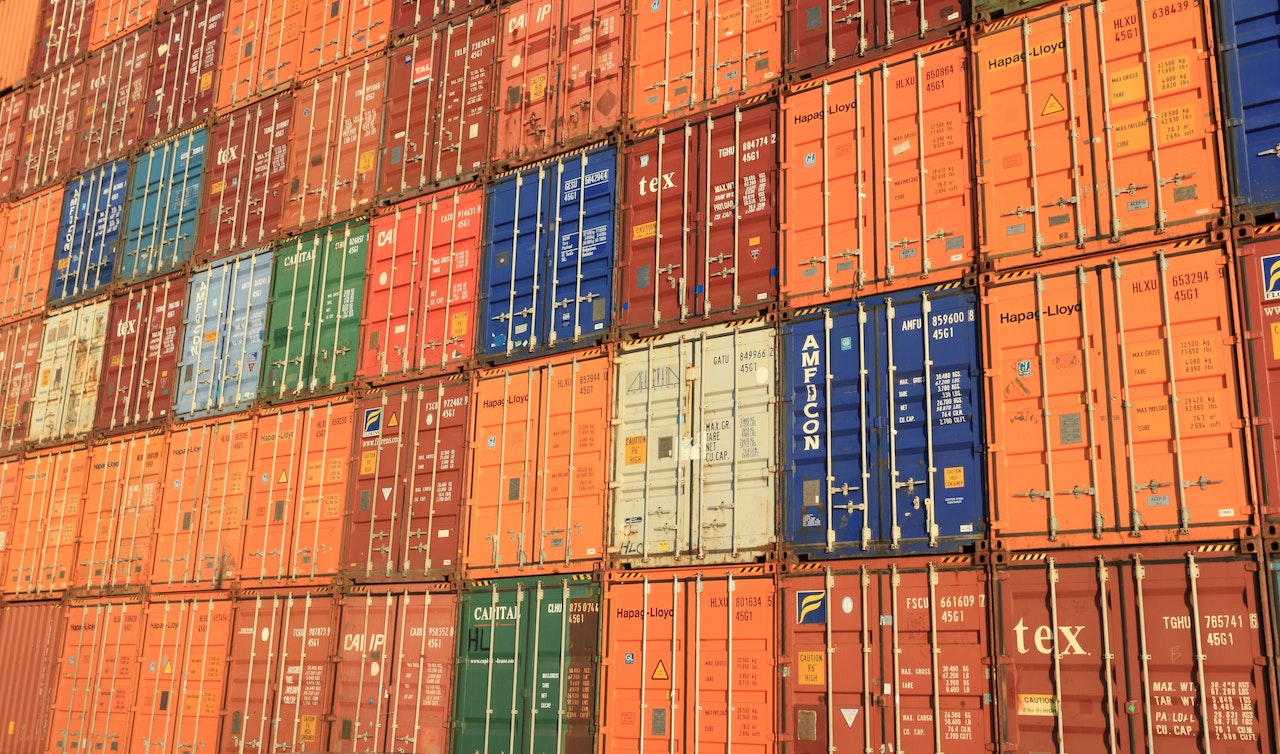Share
How to reduce greenhouse gas emissions in freight transport
The transport sector is one of the main contributors to greenhouse gas emissions, and these emissions have been increasing over the last decades, reaching values never before reached despite the technological improvements implemented in the means of transport.
This situation requires special care, especially in developing cities where economic and demographic growth leads to higher levels of motorisation and travel distances.

What is the greenhouse effect and how does it affect us?
The greenhouse effect is the phenomenon that, under normal conditions, allows life on planet earth as we know it. Basically, it is the effect by which the heat from the sun that reaches the earth is not bounced back into space in its entirety and remains in a certain percentage, resulting in an ideal temperature for life on planet earth (animals, plants, living beings and others).
The earth’s atmosphere and its constituent gases are the layer that retains and returns back to the earth some of the heat that comes from the sun, reaches the earth’s surface and is reflected back into space. The term greenhouse effect is used because the earth’s atmosphere does a similar job to that done by plastic tents in greenhouse gardens.
This effect is therefore beneficial to life and, indeed, without it, life would not be possible (at least not as we know it). The problem has arisen when, as a result of human activity and industrial and social growth, the amount of greenhouse gases in the atmosphere has increased disproportionately and in a very short time. By increasing the proportion of greenhouse gases above normal concentrations, the natural terrestrial greenhouse effect has multiplied, resulting in a damaging phenomenon.
This increase in the quantity of greenhouse gases in the atmosphere can have diverse and debatable consequences, but it can mainly lead to an increase in the global temperature of the Earth and trigger collapse effects on marine currents, atmospheric movements and terrestrial dynamics in general, giving rise to final consequences that are difficult to quantify and predict (sea level rise, displacement of species, disappearance of species, melting of the polar ice caps, etc).
Why is this issue so important today?
Global or terrestrial warming leads to climate change, which, as mentioned above, is mostly caused by different human activities and continues to affect the environment and the health of all living beings. Speaking as a company, it is necessary that leaders, workers, suppliers, customers, investors, all stakeholders understand the importance of reducing the carbon footprint.
As mentioned above, transport is one of the sectors that generates the highest volume of greenhouse gases. 2.5% of total atmospheric carbon emissions are attributable to maritime freight transport, and 4.5% to heavy road freight transport.

Alternatives and solutions to reduce greenhouse gas emissions in freight transport
![]() Improved fuel efficiency: Vehicle engines can be upgraded and air resistance reduced to improve fuel efficiency and reduce greenhouse gas emissions.
Improved fuel efficiency: Vehicle engines can be upgraded and air resistance reduced to improve fuel efficiency and reduce greenhouse gas emissions.
![]() Use of electric vehicles: The use of electric vehicles can reduce greenhouse gas emissions, especially if renewable energy is used to charge them.
Use of electric vehicles: The use of electric vehicles can reduce greenhouse gas emissions, especially if renewable energy is used to charge them.
![]() Use of biofuels: The use of biofuels, such as biodiesel, can reduce greenhouse gas emissions and be a more sustainable alternative to fossil fuels.
Use of biofuels: The use of biofuels, such as biodiesel, can reduce greenhouse gas emissions and be a more sustainable alternative to fossil fuels.
![]() Route optimisation: Planning more efficient transport routes and reducing idle times can reduce the amount of fuel used and thus reduce greenhouse gas emissions.
Route optimisation: Planning more efficient transport routes and reducing idle times can reduce the amount of fuel used and thus reduce greenhouse gas emissions.
![]() Transport sharing: Sharing transport with other companies or making joint deliveries with other companies can reduce the number of vehicles on the road and thus reduce greenhouse gas emissions.
Transport sharing: Sharing transport with other companies or making joint deliveries with other companies can reduce the number of vehicles on the road and thus reduce greenhouse gas emissions.
![]() Reverse logistics: Reverse logistics systems can reduce the number of vehicles returning empty or half-empty, which can reduce greenhouse gas emissions.
Reverse logistics: Reverse logistics systems can reduce the number of vehicles returning empty or half-empty, which can reduce greenhouse gas emissions.
![]() Use of sustainable packaging: Using sustainable and efficient packaging can reduce the amount of space needed in transport vehicles and therefore reduce greenhouse gas emissions.
Use of sustainable packaging: Using sustainable and efficient packaging can reduce the amount of space needed in transport vehicles and therefore reduce greenhouse gas emissions.
Follow us

